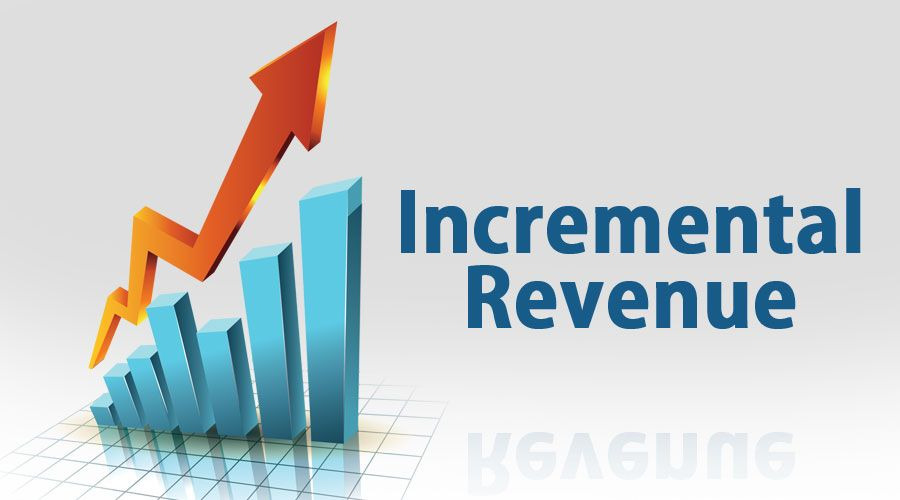The article looks into the DAM ROI mechanics, as well as the formulas that are used to calculate it. Additionally, it also provides advice on how to build a convincing case for investing in one and how implementing DAM can potentially impact a business’s overall ROI.
DAM solutions have become an indispensable tool for businesses handling vast quantities of digital content. These systems offer a host of advantages that allow organizations to operate more efficiently, including optimized workflows, decreased expenses, faster time-to-market, and improved brand consistency, ultimately driving revenue growth.
How Can DAM Impact ROI?

The ROI of a company can be significantly impacted by the use of digital asset management software. This section will talk elaborate on the subject:
Streamline content-related processes:

One of the most common ways that a company can improve its ROI is by streamlining its content-related processes. With the assistance of asset management software, you can eliminate manual work and increase its efficiency. Not only does it reduce manual labor and increase productivity, but it also saves valuable time and resources, ultimately contributing to a higher return on investment (ROI).
Reduce Campaign expenses:

Digital asset management systems help companies store and distribute their content more easily. It can also reduce the costs associated with managing and distributing this content across various platforms.
This is accomplished by eliminating redundancies in the asset creation process and centralizing all assets in one location, allowing teams to easily access and reuse existing assets. By reducing campaign costs, businesses can increase their ROI and allocate those savings to other areas of the organization.
Speed-up Time To Market:

The ability of a digital asset management system to accelerate the time-to-market for a product or campaign is one of its most significant advantages. By facilitating the rapid creation, management, and distribution of digital assets, teams can work more efficiently and effectively. This eliminates the need for manual tasks, saving time and resources, while also providing businesses with a competitive edge.
Brand Consistency:

A digital asset management system is essential for maintaining the consistency of a brand across different communication and marketing channels. It centralizes various elements of a company’s identity, including its logo, videos, and images, ensuring that everyone has access to the latest version.
By centralizing and managing all brand assets in one location, businesses can ensure that all teams are accessing the most up-to-date and on-brand assets. This eliminates the risk of using outdated or inconsistent assets, which can damage a brand’s reputation and result in lost revenue. By maintaining brand consistency, businesses can build trust with their customers and ultimately drive revenue growth.
How to Calculate DAM ROI
Calculating DAM ROI is essential to determine the effectiveness of investing in a DAM system. There are two main methods that can be used to calculate DAM ROI: incremental revenue and cost savings.
The Cost Savings Method

The cost savings method is a straightforward approach to calculating DAM ROI. The formula for this method is:
DAM ROI = (Total Savings from Using DAM / Cost of DAM) x 100
To calculate the cost savings, businesses need to identify the cost savings associated with implementing a DAM solution. These may include reduced manual labor, reduced campaign costs, or other cost reductions related to content management. The cost of the DAM system includes the initial cost of the system and any ongoing maintenance fees.
The Incremental Revenue Method

The incremental revenue formula for calculating DAM ROI focuses on the additional revenue generated by implementing a DAM system. The formula for this method is:
DAM ROI = (Incremental Revenue from Using DAM / Cost of DAM) x 100
Incremental revenue can be calculated by identifying the additional money that a company generates from implementing a digital asset management system. This can be achieved through various methods, such as launching campaigns faster and increasing brand recognition. The cost of the system can also include ongoing maintenance fees and the initial cost.
The free DAM ROI calculator created by Picvario can help you get an estimated investment value in just a few clicks!
Despite the potential advantages of digital asset management, how do you create a compelling case for it?
Creating a business case for DAM involves identifying the specific business challenges and the advantages of using the system, including the DAM ROI. The following steps can aid businesses in building a convincing case for digital asset management.
Step #1:
Before you start implementing the new system, it’s important that you identify the various business challenges that you need to address. For example, if the challenge is:
- The lack of efficiency in file management processes
- The lack of visibility in the distribution of digital assets
- Inconsistent brand messaging
- The expenses involved in producing new assets are high
- Data that is fragmented and kept unstructured
- Difficult access and long search times for digital assets
- Large amounts of digital content can’t be efficiently managed
Step #2:
Identify the Benefits of a DAM System: Before a company decides to implement a digital asset management system, it must first identify the business challenges it faces. To name a few:
- Faster and easy access to brand files
- Cost savings
- Faster time to market
- Increased efficiency
- Improved brand consistency
- Reducing expenses involved in producing new assets
Step #3:
Calculate the DAM ROI: Incremental revenue or cost savings are the two methods that can be used to determine the DAM ROI. In addition to presenting the advantages of the system, the projected return on investment should also be discussed to show how it can help solve the company’s problems. It will help build a case for the implementation of a digital asset management system and provide a clear understanding of the financial gains of implementing a DAM solution.
In Closing
Due to the increasing complexity and volume of managing digital content, organizations are turning to dam. These solutions provide various advantages, such as reducing costs, improving brand consistency, and faster time to market.
Overall, businesses that adopt cloud asset management software see improvements in their content management strategy, resulting in higher productivity, lower costs, and improved revenue growth.
Determining the DAM ROI using a free tool like the Picvario DAM calculator is essential to identify the effectiveness of investing in a DAM system. By utilizing the formulas discussed earlier to calculate the digital asset management ROI, businesses can identify the financial advantages of a digital asset storage and management system. This can help build a case for ROI capital management.





